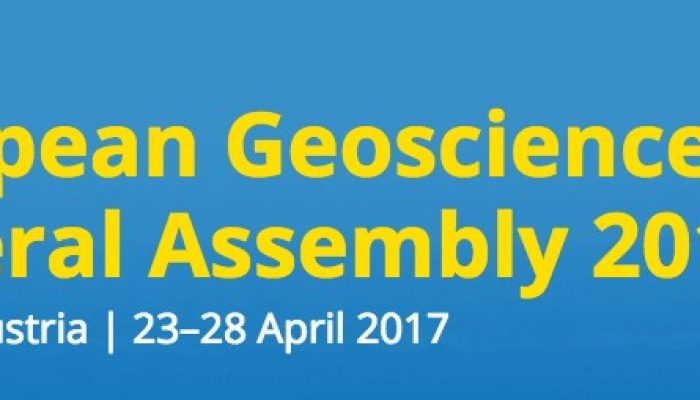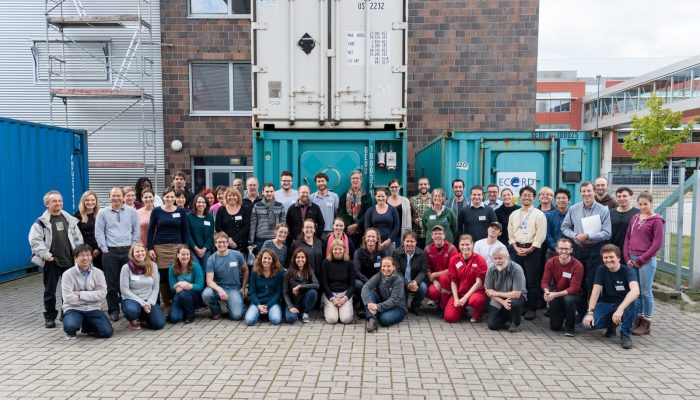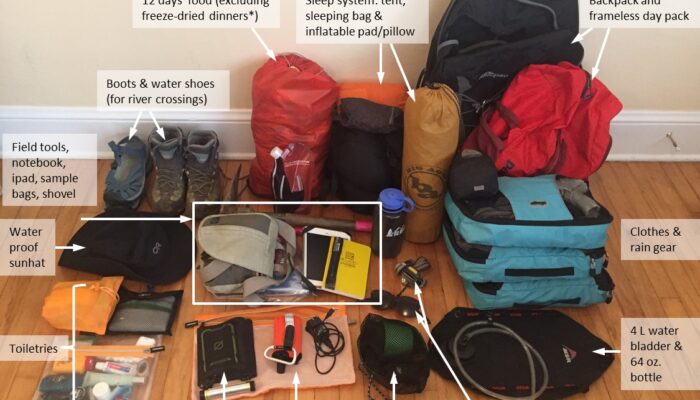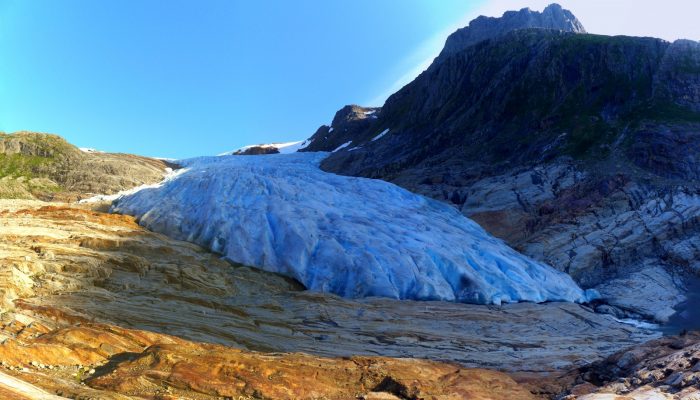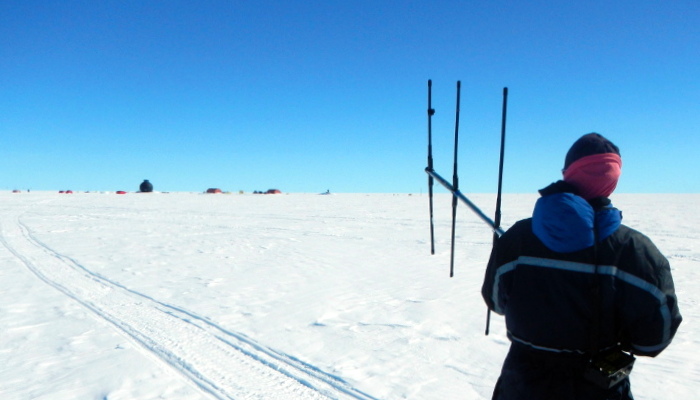Rosetta recently made a breathtaking dive towards the surface, bringing a wealth of science close from the surface, but also bringing the mission to its end. The operations might be over, but the science is not as there is still a lot of data to analyse, especially for the next generation of cometary scientists. To illustrate this new generation, we asked a few questions to an early career scienti ...[Read More]
If you didn't find what you was looking for try searching again.
Seismology
EGU Abstract Submission Season
A new season just started – EGU 2017 abstract submission season! (http://meetingorganizer.copernicus.org/EGU2017/sessionprogramme). Since the 20th of October you can submit your abstracts to one or more of the many seismology sessions. Believe it or not but we counted 75 sessions that are related to seismology. Wow! We are all very excited to scroll through the programme and daydream about t ...[Read More]
Soil System Sciences
How to manage your EGU2017 session? Brief guidelines for fearless SSS conveners
So you are convening a session in the EGU2017 Soil System Sciences programme? Then, you should click the image below. If clicking the image doesn’t work or you have problems with the presentation (works best under Chrome), access it directly at: https://goo.gl/bZhmNp or download the guidelines as a PDF file (click here).
GeoLog
GeoTalk: Drilling into the crater which contributed to the demise of dinosaurs
Six months ago, somewhere in the tropical waters off the coast of Mexico, scientists began drilling into one of the most iconic geological features on Earth: the Chicxulub crater; the 66 million year old remnants of a deadly asteroid impact, thought to have contributed to the demise of dinosaurs and most other forms of life which inhabited the Earth at the time. Today we speak to Sonia Tikoo, Assi ...[Read More]
Cryospheric Sciences
Image of The Week – Plumes of water melting Greenland’s tidewater glaciers
Loss of ice from The Greenland Ice Sheet currently contributes approximately 1 mm/year to global sea level (Enderlin et al., 2014). The most rapidly changing and fastest flowing parts of the ice sheet are tidewater glaciers, which transport ice from the interior of the ice sheet directly into the ocean. In order to better predict how Greenland will contribute to future sea level we need to know mo ...[Read More]
GeoLog
What is in your field rucksack? Backpacking in the wilderness
Inspired by a post on Lifehacker on what your average geologist carries in their rucksack/backpack, we’ve put together a few blog posts showcasing what a range of our EGU members carry in their bags whilst in the field! This bag belongs to: Alexa Van Eaton Field Work location: Glacier Peak volcano, Washington, USA Duration of field work: 12 days What was the aim of the research?: Glacier Peak is a ...[Read More]
Atmospheric Sciences
When cooling causes heating
Following the Montreal Protocol in the late 1980s, CFC (chlorofluorocarbon) were replaced by hydrofluorocarbons (HFC) as a refrigerant. Unfortunately, the HFC’s have a global warming potential (GWP) far greater than the well-known greenhouse gas (GHG), carbon dioxide. Apart from the fact that this was not kn ...[Read More]
GeoLog
Imaggeo on Mondays: Why does a Norwegian glacier look blue?
This picture shows the outlet glacier Engabreen running down from the plateau of Svartisen in Norway. Svartisen ice cap comprises two glacier systems of which the Vestre (western) Svartisen is Norway’s second largest glacier. Located right at the polar circle, Svartisen covers a total of 369 km² of the Nordland region. These coastal mountains accumulate a snowpack of 5-7 m depth through the winter ...[Read More]
Cryospheric Sciences
Image of the Week — Listening to the Snow
When working in the middle of an ice sheet, you rarely get to experience the amazing wildlife of the polar regions. So what are we doing hundreds of kilometres from the coast with an animal tracker device? We are listening to the snow of course! It is not crazy; It is what Image of the Week today is all about! Going Wireless In June 2016, Liz Bagshaw and I travelled to the EGRIP (East Greenland Ic ...[Read More]
Tectonics and Structural Geology
Introducing our Early Career Scientist Team
This week we would like to introduce the Early Career Scientist team of Tectonics and Structural Geology community. Behind the activities organized during EGU and the year-round contacts on social media there is not only 1 single person who is responsible, but a team of people. So here you can read a bit more about each individual and their favorite type of rock science, which simultaneously showc ...[Read More]

![[ECS Interview] On the surface of Churyumov-Gerasimenko with Philae and Anthony](https://blogs.egu.eu/divisions/ps/wp-content/blogs.dir/28/files/2016/10/Rosetta_impact_1280-e1477918588515-700x400.jpg)
